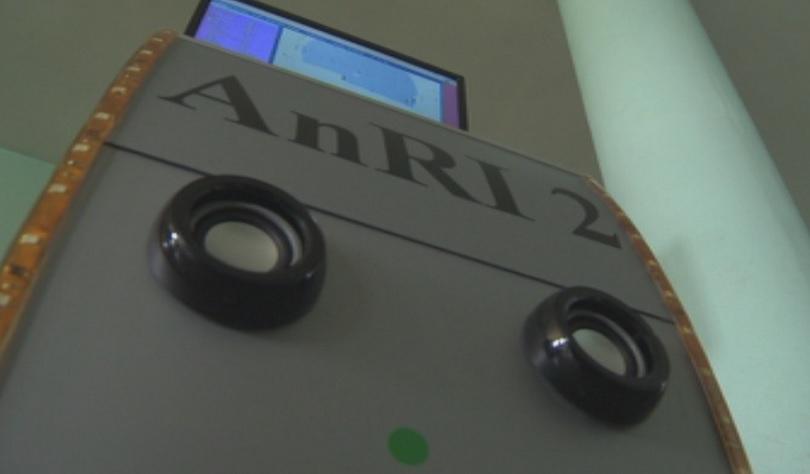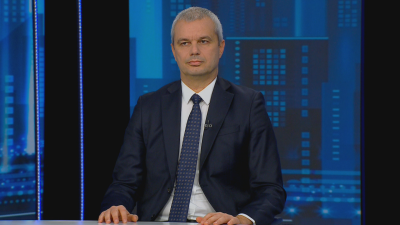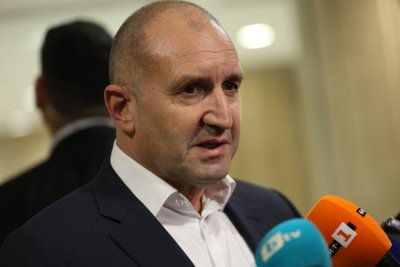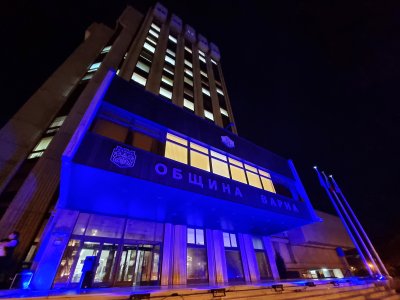Two robots, constructed by scientists of the Bulgarian Academy of Sciences can help people with disabilities and children with autism. "Anri One" and "Anri Two" have many talents. They have elements of artificial intelligence and can even call for help if your life is in danger. However, the two robots deliberately do not look like people.
“Anri One" is the perfect robotic butler. If he is in service of a person with a disability or an elderly person, the robot can turn off lights, turn on the TV, bring medicine or food from the refrigerator.
It is programmed to lift a fork from the floor or even call the emergency if the person has fallen. Anri can analyse the space with a laser and calculate which trajectory is safe.
Anri, however, does not look like a person. Why? It reminds more of "R2D2” than “C3PO” from "Star Wars". This is deliberate because of a phenomenon in people called the "Uncanny Valley."
Prof. Roman Zahariev from the Institute of Robotics of BAS explains that people may first like the human-like robot. They find it interesting, he adds. At some point, when there is an anthropoid look, it turns out that people develop a feeling of unease or discomfort - this is what is called the uncanny valley.
Anri 2 is a robot lecturer. It is invaluable in communicating with autistic children who often perceive even human look as aggression. Anri can teach them without scaring them.
Prof. Roman Zahariev - Institute of Robotics - BAS: Autistic children have difficulties to accept contact with people, as you know, but the robot is something like their toys. They accept it naturally, it is an intelligent toy that can get the necessary information at a time, which is the essential idea in this process.
Robots are already being trial-tested in two day centres where they carry books from the library. They understand commands and can even respond. But their “fathers” from the Institute of Robotics do not stop teaching them. In programming, they work with actors from the “Flower” Theatre, recording human emotions. The aim is the robots to recognise them when expressed in real-life and respond adequately.






 Чуй новините
Чуй новините Подкаст
Подкаст






















